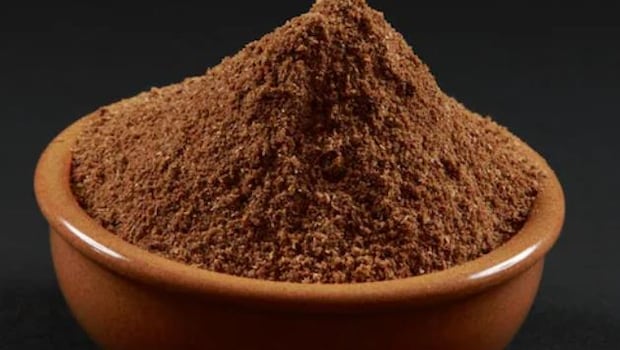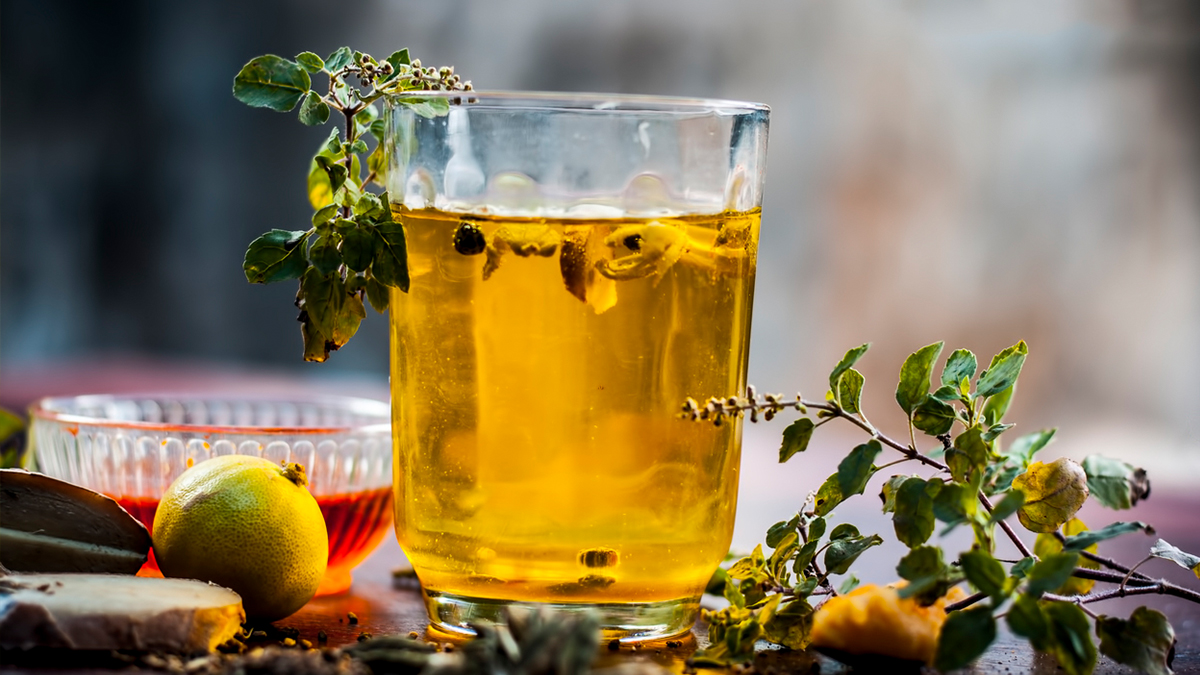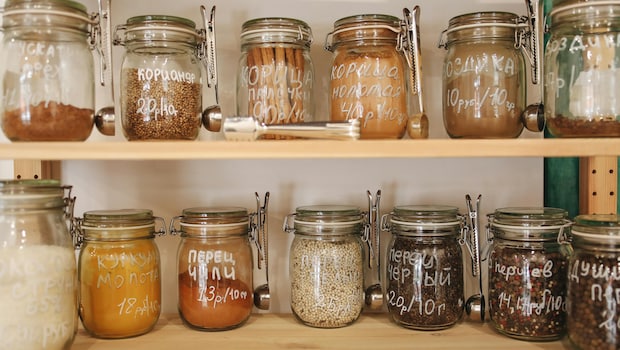Ever wondered why your friend's sambhar tastes so different from yours? Or why your mother insists on roasting certain spices before grinding? That is where the magic of Indian cooking lies. The masala dabbas in our kitchens are not just spice mixes-they are glimpses of how the food map of India looks. From the fiery Kolhapuri Masala of Maharashtra to the delicate Panch Phoron of Bengal, each blend tells a story about its land, cuisine, and palate. They define how we cook, what we eat, and how we celebrate.
So, let us take you on a flavourful journey across India, exploring some of the iconic regional spice blends that define not just the dishes, but their identities. Ready to stir the pot? Grab your masala dabba and come along-this is going to be deliciously nostalgic.
Also Read: How Britain Gave Us Chicken Tikka Masala - And Why India Took It Back
7 Regional Masalas That Shape Indian Kitchens: A Culinary Journey Across States
1. Goda Masala - Maharashtra's Sweet-Spiced Signature
Goda masala is the heart of Maharashtrian cooking. It is more like a tradition, where families sun-dry the ingredients and grind them on stone slabs. It is the masala that speaks of patience, balance, and home.
The name goda means sweet, but it is not sugary. Instead, it is sweet in aroma and warmth. This masala is used in dishes like masale bhat, amti, and matki usal, giving them a deep, mellow flavour that is hard to replicate.
What goes into making goda masala?
To prepare this spice blend, you need:
- coriander seeds
- cumin
- cinnamon
- cloves
- sesame seeds
- dry coconut
- dagad phool (stone flower)
- niger seeds (optional)

Photo Credit: Pexels
2. Bhaja Masala - Bengal's Toasted Whisper
Bhaja masala, or bhaja moshla, is Bengal's secret finishing touch. Unlike other masalas, it is dry-roasted and used at the end of cooking to add depth and aroma to dishes like alur dom, ghugni, and even chaat.
Bhaja masala is subtle. It does not overpower. It is the kind of masala that lets the vegetables speak while adding a warm, toasted note.
What goes into making bhaja masala?
Bhaja masala is a simple blend of dry-roasted:
- cumin
- coriander
- fennel (optional)
- dried red chillies
Also Read: From Masala Dabba To Polythene Bags: 6 Things You'll Find In Every Desi Kitchen
3. Sambhar Powder - South India's Tangy Backbone
Sambhar powder is the soul of South Indian kitchens. Whether you are in Tamil Nadu, Karnataka, Andhra Pradesh, or Kerala, a bowl of sambhar is incomplete without this masala. And what makes it so unique is the fact that each household has its own version.
Some add coconut, others tweak the chilli ratio. But the essence remains-a balance of tang, spice, and aroma.
What goes into a sambhar powder blend?
The must-have ingredients in a sambhar powder mix are:
- coriander seeds
- chana dal
- urad dal
- fenugreek (methi)
- dried red chillies
- black pepper
- curry leaves
- asafoetida (hing)
4. Bafat Masala - Mangalore's Coastal Kick
Bafat masala is bold, spicy, and deeply aromatic. It is robust and fiery-perfect for slow-cooked meats and rich gravies.
The masala reflects Portuguese influence and coastal ingredients, and is a staple in Mangalorean Catholic cuisine, especially in dishes like pork bafat, chicken sukka, and seafood curries.
What goes into making bafat masala?
The ingredients that add to the uniqueness of the spice are:
- coriander seeds
- cumin
- black pepper
- cloves
- cinnamon
- dried red chillies
- star anise

Photo Credit: Pexels
5. Panch Phoron - Eastern India's Whole-Spice Wonder
Panch phoron means "five spices" and is used whole, not ground. It is a staple in Bengali, Odia, and Assamese cooking, especially in dishes like shukto, aloo posto, and dal.
All you need to do is temper panch phoron in hot oil and let the spice mix release a burst of aroma, giving Eastern Indian cooking its unique character.
How to make panch phoron at home?
It is super simple. Just mix equal parts of:
- whole cumin
- fennel
- mustard seeds
- fenugreek
- nigella seeds (kalonji)
Also Read: What Is The Best Time To Eat Spicy Food? Here's What You Need To Know
6. Chettinad Masala - Tamil Nadu's Fiery Star
Chettinad masala is not for the faint-hearted. It is bold, spicy, and packed with over 20 ingredients. Developed by the Chettiars of Tamil Nadu, it is a celebration of trade, travel, and taste.
It incorporates spices from across the world and showcases Tamil Nadu's rich culinary heritage. Intense, layered, and unforgettable, this masala is used in dishes like Chettinad chicken, fish curry, and mushroom masala.
What goes into Chettinad masala?
To make the spice blend, you need:
- star anise
- kalpasi
- marathi mokku
- cinnamon
- cloves
- bay leaves
- black pepper
- red chillies
7. Saoji Masala - Vidarbha's Fiery Secret
Saoji masala is not for the faint-hearted. It is bold, intense, and unapologetically spicy-a true reflection of Vidarbha's culinary spirit.
Traditionally used in Nagpur's Saoji-style mutton and chicken curries, this masala is known for its deep colour, rich aroma, and complex layering of heat and flavour.
Saoji cuisine is rustic and robust, often cooked in small eateries called "Saoji joints" that serve fiery meat curries with minimal garnish but maximum punch. The masala is a labour of love, involving slow roasting and grinding of a wide variety of spices-sometimes up to 30 in number.
Also Read: 7 Everyday Indian Spices You Should Keep In Your Pantry
What goes into making Saoji masala?
To prepare this spice blend, you need:
- coriander seeds
- cumin
- black pepper
- dry coconut
- poppy seeds
- sesame seeds
- cloves
- cinnamon
- bay leaves
- stone flower (dagad phool)
- onion and garlic paste
- cashew (optional, for richness)
- dried red chillies
- turmeric
- fennel seeds

Photo Credit: iStock
Why These Masalas Matter: More Than Just Spice
These masalas are not mere blends of spices-they are edible heirlooms, passed down through generations, shaped by geography, memory, and migration. Each one carries the scent of a grandmother's kitchen, the rhythm of local markets, and the pulse of festivals and everyday meals.
In a world rushing toward convenience and fusion, these regional masalas remind us to pause, roast, grind, and savour. So, the next time you open your masala dabba, take a moment. You are not just cooking-you are continuing a story passed down through generations.
About Somdatta SahaExplorer- this is what Somdatta likes to call herself. Be it in terms of food, people or places, all she craves for is to know the unknown. A simple aglio olio pasta or daal-chawal and a good movie can make her day.






